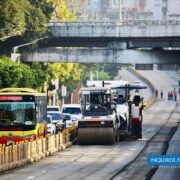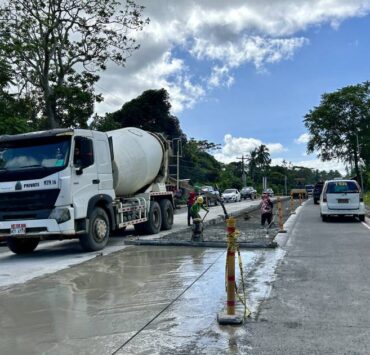The Risk of Road Rage

With Holy Week upon us, roads are expected to be crowded with travelers and people flocking to the provinces. Back in 1998, an altercation among drivers in Loyola Memorial Park resulted in the tragic death of one of the drivers’ pregnant wife and bullet injuries to two children when the other driver fired a gun during their heated argument.
While the Philippines has no law that penalizes “road rage” per se, there are several laws that apply depending on the effects of road rage.
The driver who fired a gun in the 1998 road rage incident in Loyola Memorial Park was convicted by the trial court for the complex crime of Murder with Double Frustrated Murder and Attempted Murder, and was sentenced to death by lethal injection. Upon automatic review (which is mandated by law for death sentences), the Supreme Court found that the killing was not attended by treachery but there was still intent to kill so that the sentence was modified to find the accused guilty of Homicide and Slight Physical Injuries, which carried the lesser penalty of imprisonment of up to 14 years.
The penalties for road rage can therefore be severe even if the death penalty was abolished in 2006 by Republic Act No. 9346. If death occurs, the penalties can be imprisonment of up to 40 years (for murder) or up to 20 years (for homicide). For injuries, the penalties of imprisonment vary depending on whether the injuries are considered under the Revised Penal Code as “serious,” “less serious,” or “slight.” Despite the lack of physical contact, road rage can result in the crime of “Grave Threat” when a person threatens another with the infliction upon the person, honor or property of the latter, or of his family of any wrong amounting to a crime (e.g., saying “I’ll stab you with a knife,” or “I’ll beat you up”).
At the very least, a person who, because of road rage, causes annoyance or distress to another person without a legitimate reason can be held liable for the crime of Unjust Vexation (which still carries with it the penalties of fine and/or imprisonment of up to 30 days).
Despite the variety of laws that could apply, road rage is still a prevailing issue and has been rising in the Philippines. Recently, a road rage incident in Antipolo triggered a fist fight and a gun being fired leading to the death of two people (one of them, the motorcycle rider who was involved in the traffic altercation) and injuries to two others. The driver who fired the gun now faces the possibility of being tried for two homicide cases.
The Philippine National Police Chief Gen. Rommel Marbil acknowledged that the worsening traffic congestion in Metro Manila and other parts of the Philippines contribute to road rage.
Some groups have called for the passage of an “Anti-Road Rage Law.” Several bills that seek to specifically define and penalize “road rage” have already been filed in Congress (such as House Bill (HB) No. 5759, HB No. 1511, HB No. 10521, among others).
Personally, I think existing laws sufficiently address the consequences of road rage and already impose appropriate penalties. As with most cases in the Philippines, what can be improved is enforcement. Take the case of the Antipolo road rage incident. I doubt that a law specifically penalizing road rage would have a significant effect on preventing the driver from taking his gun and pulling the trigger out of anger. Others might argue that a Road Rage Law can signal to people that “road rage” is illegal. But killing or injuring people has always been illegal under the Revised Penal Code, which is one of the oldest and most well-known laws in the Philippines. Having a gun in the car (which became the weapon in the road rage) could have been prevented with more stringent enforcement of the gun ban, considering that people (even those with Licenses and Permits to Carry) are now prohibited from carrying guns due to the election gun ban.
Perhaps government regulators can consider other approaches beyond just passing legislation. For example, an anger management session and awareness lesson on the risks of road rage can be incorporated in the application process for new or renewals of driver’s licenses. Traffic enforcers can be placed strategically in “hot spot areas” which are prone to congestion and drivers’ altercation, and there should be desks or posts which would make it easy for motorists or bystanders to report an incident. Traffic enforcers should also be professionally trained to de-escalate tensions.
Beyond Holy Week, all motorists face the risk of a traffic altercation at some point. Apart from equipping ourselves with the knowledge of the potential consequences of road rage, it’s important to ingrain in our character the values of patience and tolerance because those are key traits to prevent road rage from escalating.



















